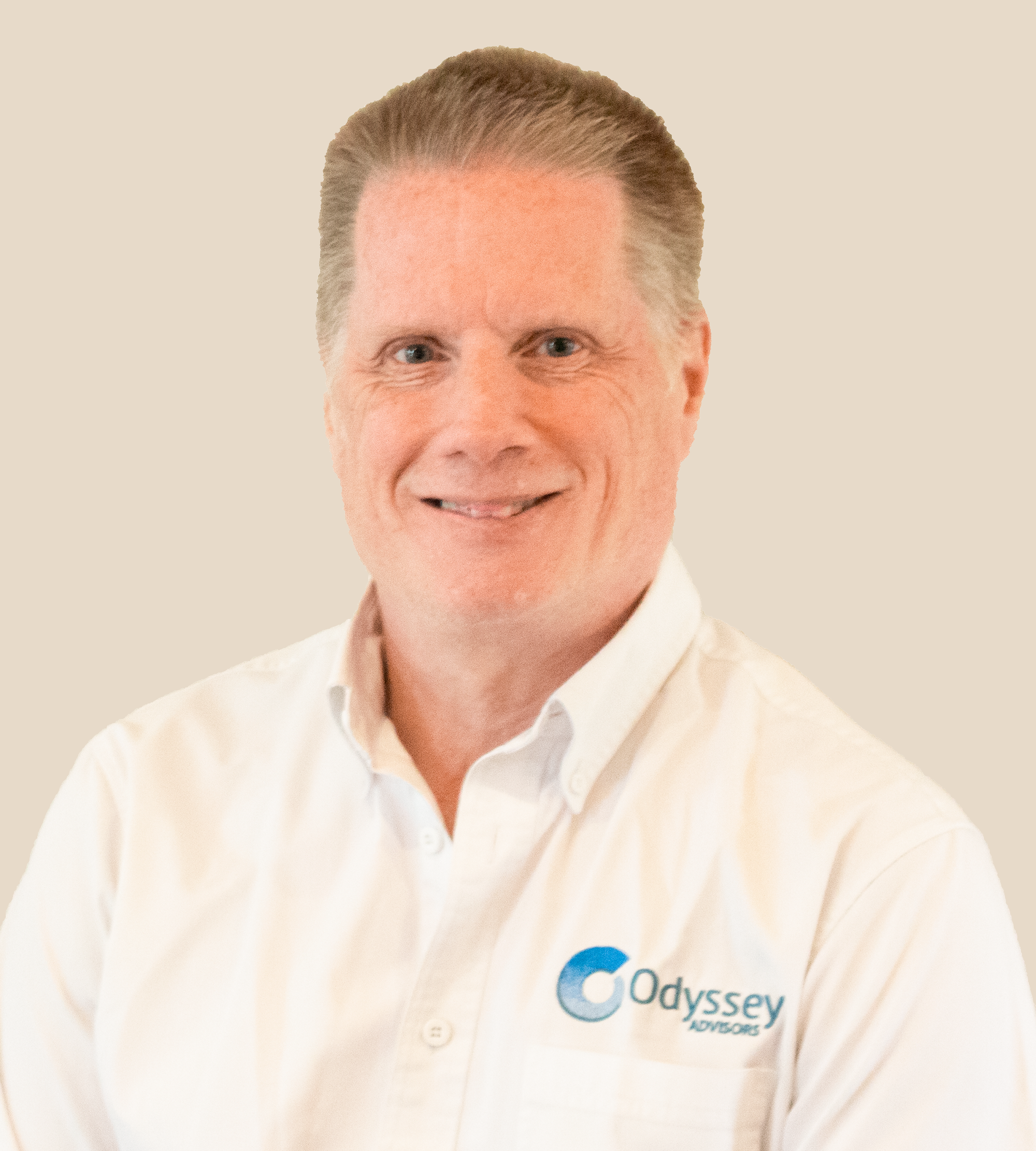10 Key Assumptions or Factors Used to Determine Your OPEB Liability
May 19, 2021|Parker Elmore

KEY POINTS
- OPEB (“Other Postemployment Benefits”) plans offer benefits to former or retired employees other than pensions such as healthcare, life insurance, dental insurance, and sometimes more.
- Government entities are required to have an actuary value these benefits for financial statement reporting.
- It’s important to understand how your actuary determines the assumptions used to calculate your Total OPEB Liability (“TOL”) and your discount rate.
Your supervisor comes to you with the most recent OPEB valuation report and asks what factors were used to calculate the town’s Total OPEB Liability (“TOL”) and how the discount rate was determined.
First, don’t worry. You’ve got this. You don’t have to be an actuary or spend hours combing through the valuation and googling, “What does TOL stand for?” or “Actuarial Assumptions 101”
That’s what we’re here for.
What is an OPEB Plan?
OPEB plans offer benefits to former or retired employees other than pensions. These benefits are primarily healthcare benefits but often will also include dental insurance, life insurance, and other ancillary benefits. You are required to have an actuary to value these benefits for financial statement reporting, but they can also provide consulting services regarding plan design, pre-funding benefits, etc.
What are the various assumptions or factors an actuary uses to calculate TOL?
Under the accounting standards established by GASB 74 and 75, an actuary utilizes a variety of actuarial assumptions to project your current and future expected benefit costs (employee & retiree shares) and then discounts those back to the Measurement Date to determine the Total OPEB liability. The key assumptions used to determine the TOL are:
- Discount Rate
This is the interest rate used to calculate the present value of all future benefit payments from the OPEB Plan. In layman’s terms, this rate is determined based on the amount of future benefit payments that can be funded from an OPEB Trust and the associated investment returns. A lower rate suggests that future OPEB Trust balances are insufficient to fund future benefit payments or that the OPEB Trust is invested conservatively. This assumption is largely dependent on five (5) key factors:- Current level of assets held in the OPEB Trust
- Expected future benefit payments
- Expected future contributions to the OPEB Trust by the plan sponsor
- Asset allocation of funds held in the OPEB Trust and the expected long-term real rate of return by asset class
- The 20-year index of yields on high-grade municipal bonds
2. Healthcare or Claim Costs
The actuary seeks to take the existing level of claims (or premiums) and apply factors to allocate those across the population to determine the appropriate costs by age, gender, and Medicare coverage. This is usually one point where confusion can set in since you only see the premium rate which often includes active employees. For GASB and OPEB purposes, the actuary must determine age-related claims to remove any subsidy provided by younger and healthier active employees to reflect a “true” retiree-only premium (for those retirees without Medicare coverage, this is usually more than twice the stated premium that is charged by the carrier for the blended active & retiree group – you’ll hear the actuary refer to this as “implicit cost”).
3. Mortality (often differing assumptions before and after retirement as well as for those who are disabled)
This reflects the probability that an employee or retiree lives or dies each year. This should not be confused with “life expectancy” which is not a relevant measure for OPEB or Pension valuations.
4. Termination
This reflects the probability that an employee will continue working each year (this may vary by gender, age, service, job type, and other factors). As an example, an actuary may assume that a 45-year-old male teacher with five years of service has a 90% probability of remaining employed with the plan sponsor throughout the year.
5. Disability
This reflects the probability that an employee becomes disabled during the year and is unable to return to work.
6. Healthcare Inflation
The actuary seeks to forecast the expected annual increase in healthcare, dental, vision, and other costs for each year of the forecast period (often up to 100 years to account for the lifecycle of the youngest employee).
7. Participation
The actuary seeks to forecast the likelihood that an employee will elect to purchase OPEB benefits from the plan sponsor at their retirement. Given that most plans have some retiree contribution requirement, this is likely less than 100%.
8. Spousal Participation
Assuming that the OPEB Plan provides spousal benefits, the actuary will need to forecast the likelihood that the employee who elects benefits for themselves in retirement will choose to cover a spouse. This assumption will vary based on the actuary’s forecast of marriage rates by age and gender as well as the required contribution rate for any spousal coverage.
9. Compensation Increases
Unlike a Pension Plan, the compensation of the employee is generally not a material assumption for an OPEB Plan. The exception is for life insurance benefits that are related to pay and/or any healthcare benefits where the retiree’s contribution is pay-related (e.g., a retiree making over $50,000 at retirement will pay 40% for coverage while all others will only pay 25%).
10. Inflation Rate
The actuary seeks to forecast the long-term general rate of inflation in the economy. This assumption will impact the Healthcare inflation assumption and will be added to the expected long-term real rate of return on plan assets to create a nominal rate of return on plan assets.
Conclusion
It can be intimidating when you receive your valuation report every other year to understand where those assumptions for your OPEB liability come from and how your discount rate is determined. Pair that with the pressure of relaying that information to your supervisors and colleagues so they can understand it too. That’s why we wanted to make sure you have a simplified go-to resource to help make it easier.
This is not meant to be an exhaustive list of actuarial assumptions as some actuaries make more or less depending on the size of the group and the purpose of the valuation.
Whenever you’re ready, there are 3 ways we can help you:
Categories: OPEB

About The Author As President and CEO of Odyssey Advisors, Parker Elmore is dedicated to quality service, expertise, and efficiency. With over 25 years of industry experience, Parker and the Odyssey team develop and implement solutions to the complex financial issues faced by...
More Insights From This author

October 2, 2024
Parker Elmore

August 28, 2023
Parker Elmore







